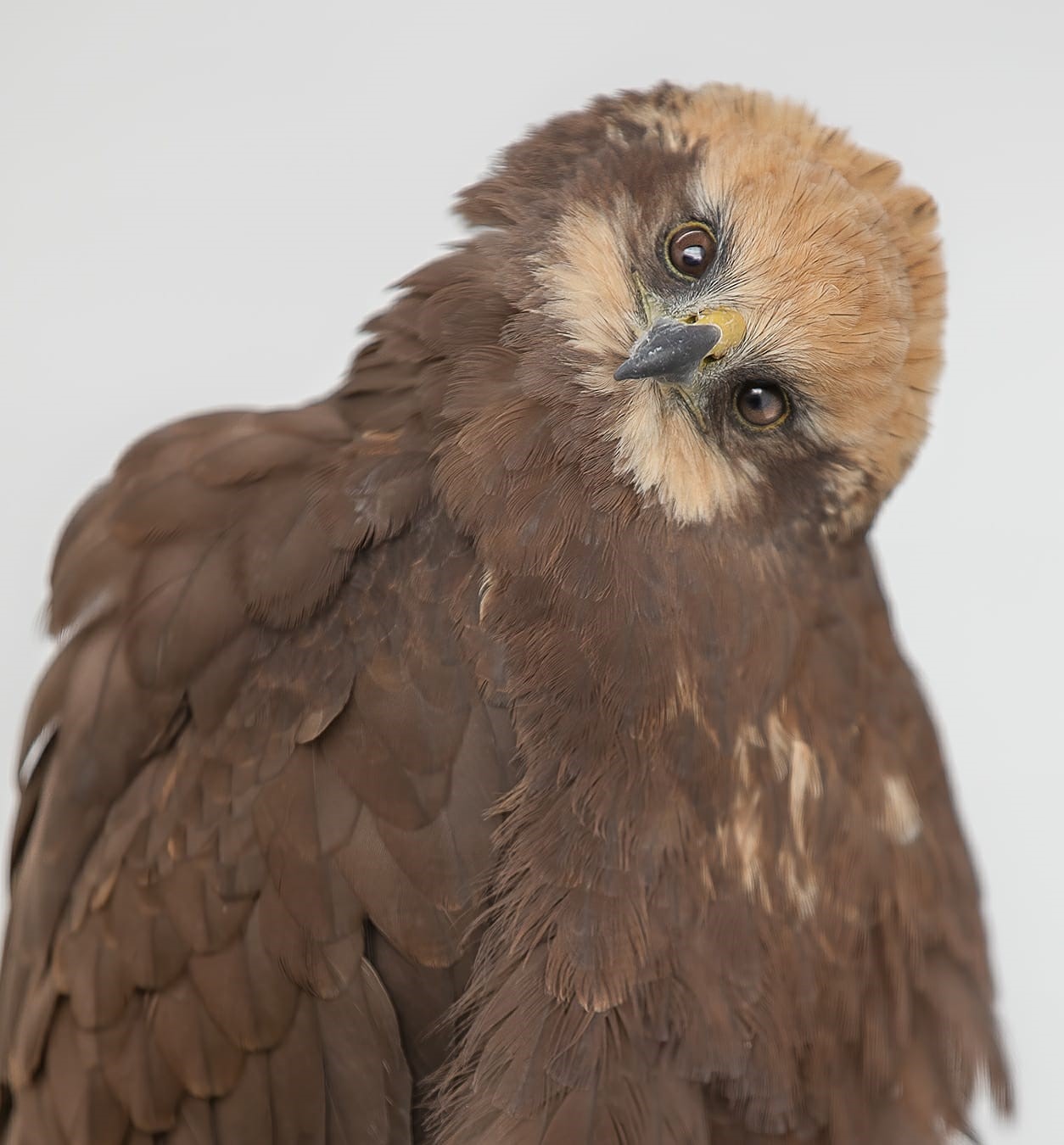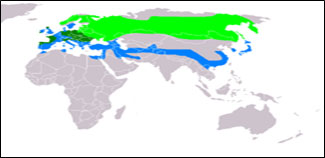
Everlasting Photography
Marsh Harrier
"Evy"
Evy our Marsh Harrier was picked up in the wild as a baby by someone who was trying to help, but unfortunately they spent too much time with her and now she is tame. She is named after the granddaughter of the lady who looked after her once we knew how special she was. She is here with us so she can have the best life possible and hopefully one day have a family of her own.
MARSH HARRIER FACTS
Circus aeruginosus
TERRITORY/LOCATION
A scarce summer visitor to Britain, marsh harriers are also found in Europe, the Middle East, Central and northern Asia, and parts of Africa. In Britain the species mainly breeds in East Anglia, but can be seen on the south and east coast as far north as Scotland whilst it is migrating. It can also occasionally be seen in Wales and Ireland. Small numbers of individuals over-winter in East Anglia, Kent and south Wales. There are records of marsh harriers in Britain that date from the Iron Age, about 3000 years ago.
HABITAT
Marsh harriers are usually associated with wetlands, as the common name would suggest.
CONSERVATION STATUS
Least Concern

DIET
It hunts small mammals, frogs, fish, insects andbirds, surprising them as it drifts low over fields and reed beds. Its long legs allow it to pluck frogs and fish from the water mid-swoop.
SIZE/WEIGHT
48-56cm long, 115-130cm wingspan, Weight: 4000-670g.
NESTING
Marsh harrier, breeds widely across Europe and Asia. It is migratory except in the mildest regions, and winters mainly in Africa The nest, which may measure up to 80 centimetres in diameter, is constructed on the ground with grass, reeds and sticks by the female. 3-8 eggs are laid from late April.
LIFE EXPECTANCY
6 years old average age in the wild
16 years oldest recorded in the wild
SCIENTIFIC
CLASSIFICATION
KINGDOM
Animalia
PHYLUM
Chordata
CLASS
Aves
ORDER
Accipitriformes
FAMILY
Accipitridae
GENUS
Circus
SPECIES
C. aeruginosus
DID YOU KNOW?
At the beginning of the 20th century, the Marsh harrier was hunted to extinction in the United Kingdom After being reintroduced from other regions, its population steadily increased until DDT (Dichlorodiphenyltrichloroethan) threatened it, along with other raptors, in the 50's and 60's. Since, the population has slowly and steadily increased.
